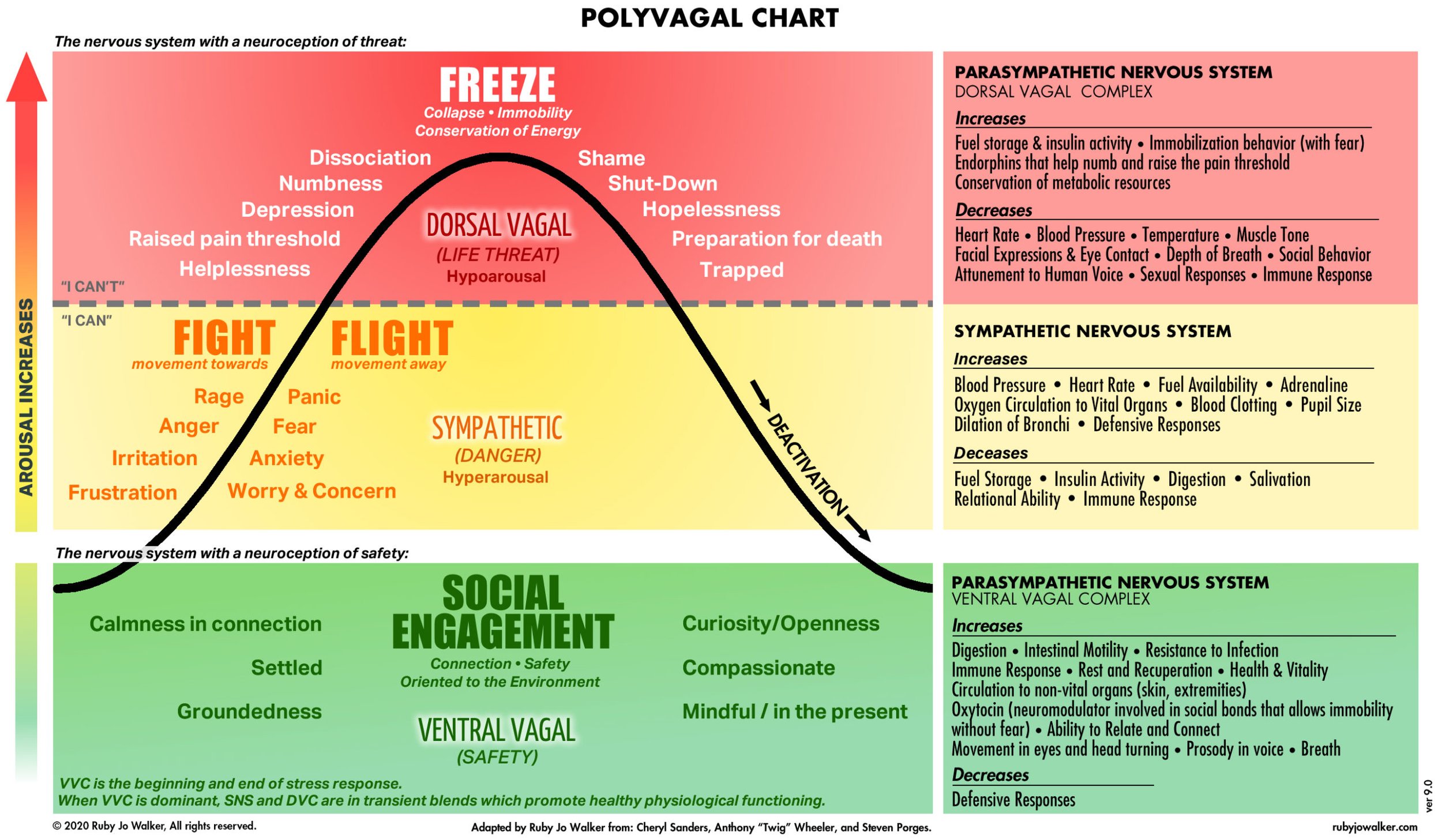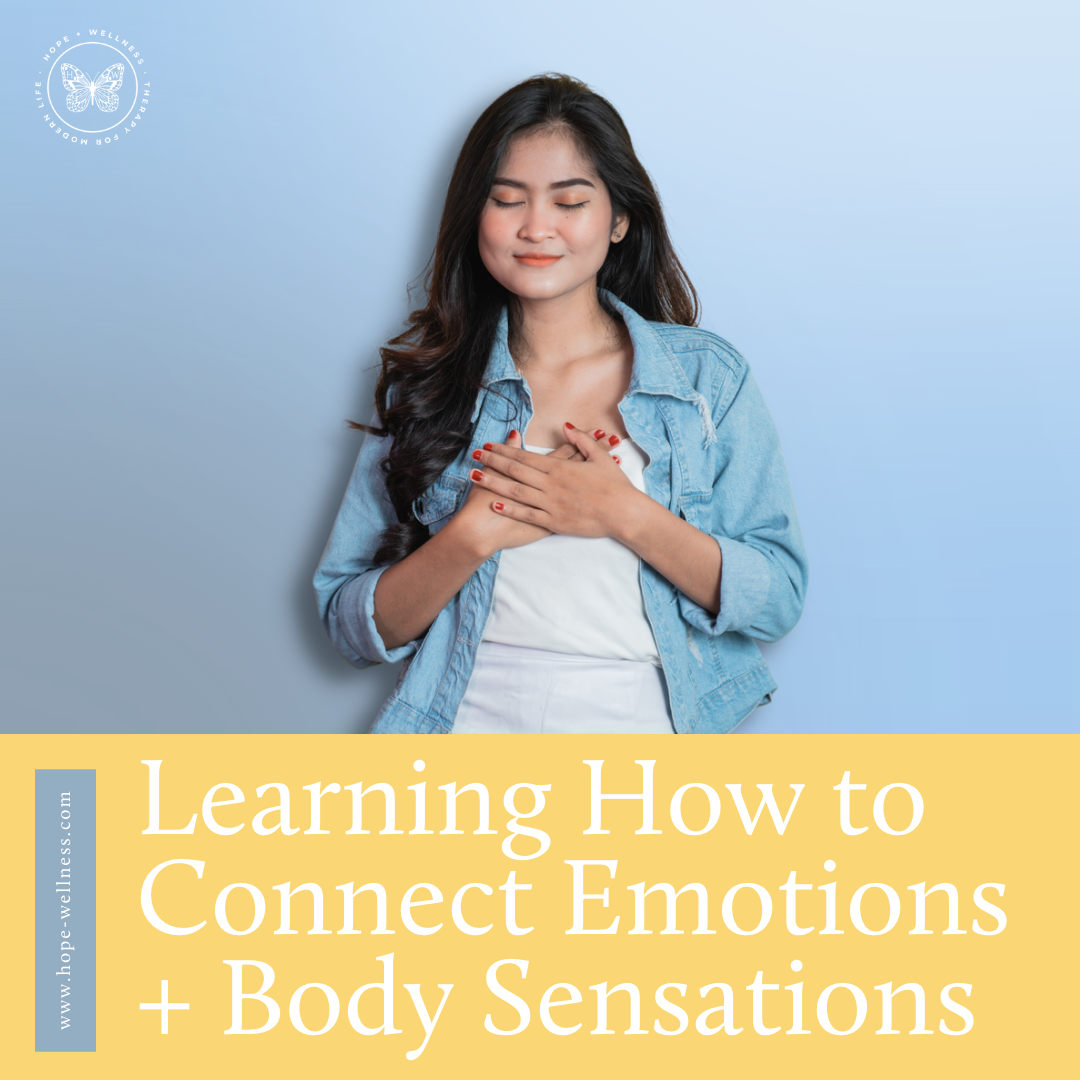What is a Glimmer? Finding the Opposite of a Trigger
What is a Glimmer? Finding the Opposite of a Trigger
In mental health terminology there’s something called a trigger.
A trigger refers to something, whether it’s a sight or smell or someone’s behavior, that triggers or provokes a trauma response. In these scenarios, Your emotional response will feel out of proportion to what you’re experiencing in the moment; but that is because your brain has interpreted some signal around you as a threat similar to one preceding a traumatic event from your past, and it’s not able to tell the differences in contexts.
Basically, something reminded your brain of a trauma you experienced, and while brains are extremely smart they can’t always tell the difference between a present threat and a powerful memory. Common experiences that trigger folks tend to be related to things like:
being confronted
experiencing rejection or betrayal
feeling unwelcome or vulnerable
boundaries being crossed
feeling controlled or taken advantage of
Any of these scenarios can trigger a strong emotional reaction, in this instance would be called a trigger. But did you know there is something just as strong on the other end of the spectrum? This would be something that brings back memories and feelings associated with strong feelings of joy and safety. You might not have heard of it before, but it has a name!
This is called a glimmer.
While a trigger can initiate a trauma response within you, a glimmer is something that can be helpful in soothing your nervous system, reinforcing feelings of safety and calmness. These aren’t just things that make us feel joy, like a funny TV show or an unexpected sweet treat in the office break room. They are actually moments that literally soothe our nervous system, that spark feelings of relaxation, and most importantly, safety. A glimmer acts as a cue that we are safe and everything is going to be okay.
Deb Dana, LCSW, is the clinician who developed the idea of a trigger, building off of Dr. Stephen Porges’s Polyvagal theory, which was developed in the 1990s. On trauma, she says:
“Trauma reshapes our system so that we are more prone to pathways of protection than pathways of connection.” This form protection would be one of the four trauma responses, and the pathway to it would be the trigger. But while triggers activate either the sympathetic nervous system or the dorsal vagal branch, glimmers activate our ventral vagal system. As you can see in the chart above, the ventral vagal system is where feelings of groundedness, connection, curiosity, safety, and mindfulness exist.
In that chart, you can also see why learning what our glimmers are can be helpful. Not only will it provoke those feelings of groundedness, connection & safety, but it also helps to decrease your defensive responses.
Finding what creates those glimmers for you allows you to create cues within yourself for feelings of safety, connection, and mindfulness. While yours will be specific to you, some common things that act as glimmers for people can be things like:
Petting or cuddling a pet
A specific fragrance
Experiencing moments in nature (the sun on your skin, smelling the ocean or a breeze, seeing a rainbow, etc.)
Connecting with a stranger
The smell or taste of a meaningful dish or drink
Hearing your favorite song unexpectedly
How can glimmers become a form of self care?
Even just using the existence of glimmers as a reminder that your brain is working hard to keep you safe and contented. While triggers can make us feel out of control, glimmers help to remind us that not being in control isn’t necessarily a bad thing all of the time. We learn to accept that while there may be struggle or difficulty with the way our brains are wired sometimes, they can also do some pretty miraculous things, just for our benefit.
They can also help you practice emotional self regulation.
While you may not know what acts as a glimmer for you now, pay attention to those moments you feel calm, grounded, and safe. What happened just before that feeling came over you? Was it the way someone behaved toward you? Was it a smell? Were you out in nature?
Keep a list of those things that soothe your nervous system, those glimmers. Then, when you experience a moment of intense emotions, or are triggered by something, you have a go to list of things that help to regulate you.
And on top of all of that, glimmers allow for a positive change in perspective. When you’re actively looking out for things that initiate those feelings of safety and happiness, you notice more things that bring you joy or feelings of contentment. Whether or not they’re strong enough to actually soothe our nervous system doesn’t take away the gratitude you’ll feel for it, or the benefits gratitude can have on your mindset and wellbeing.












Thanksgiving is nearly here, and with that can come a lot of complicated emotions. If you’re feeling anxious about the upcoming holiday season, kicked off by Thanksgiving this week, you’re not alone. To help, we’ve gone through our blog to date and gathered up posts we think will help you get through this season.